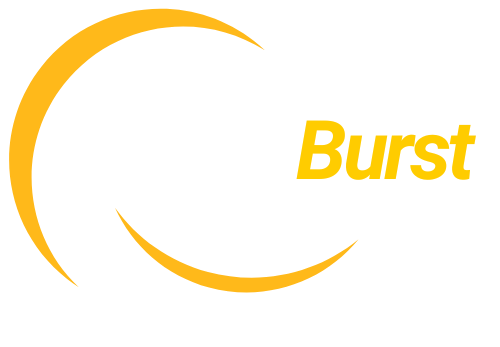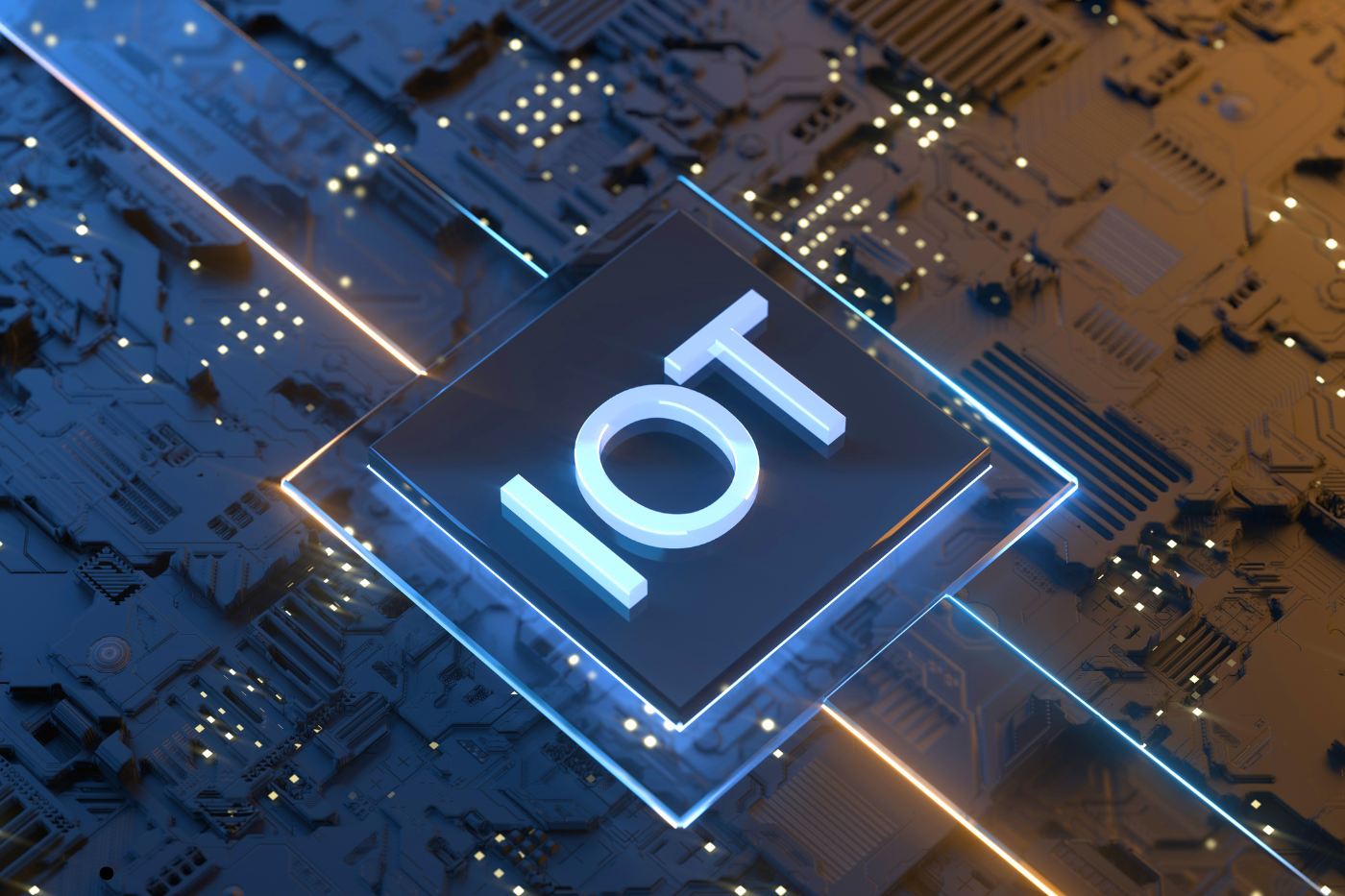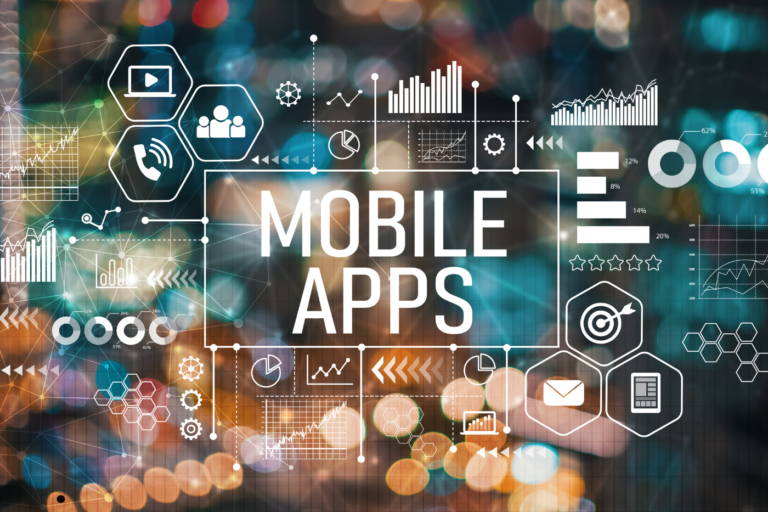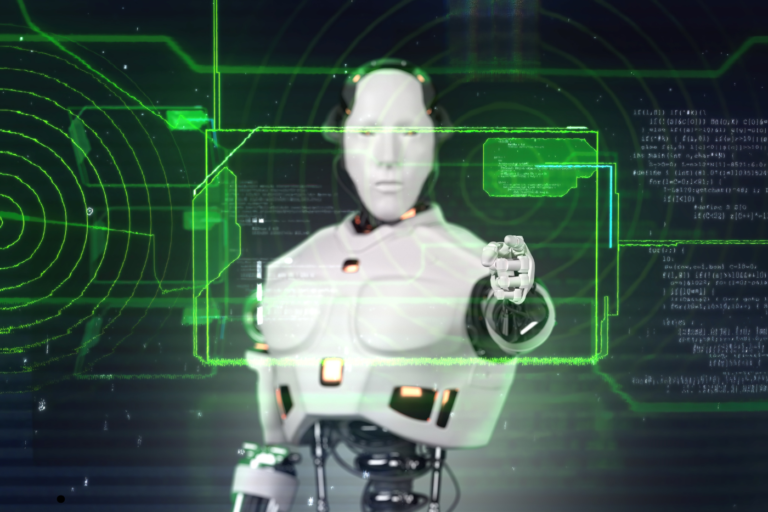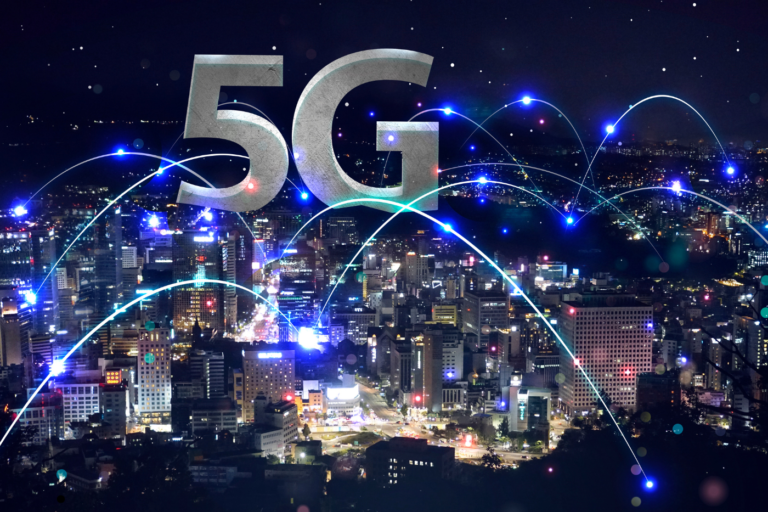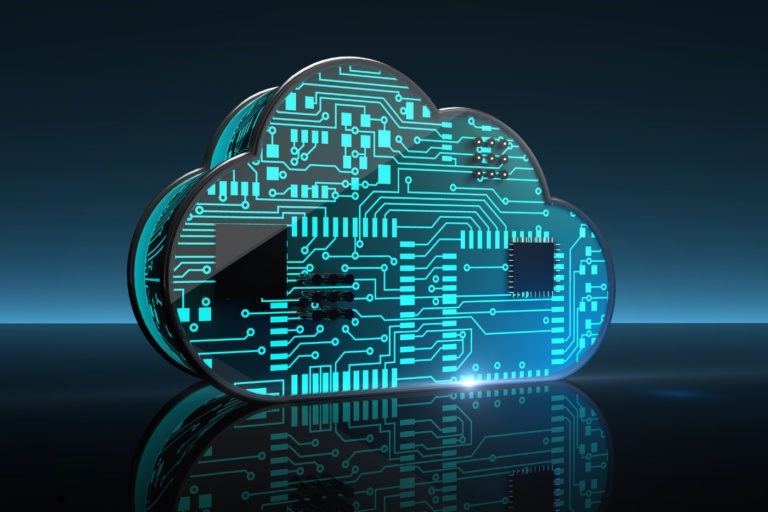IoT & Edge: Smart Solutions
The Internet of Things (IoT) and edge computing are transforming the landscape of data processing and connectivity. By enabling real-time data processing and analysis at the edge of the network, these technologies are driving smart solutions across various industries, enhancing efficiency, and creating new opportunities for innovation.
WHAT IS IOT?
The Internet of Things (IoT) refers to a network of interconnected devices that communicate and exchange data with each other over the internet. These devices, ranging from smart home appliances to industrial sensors, collect and transmit data, enabling real-time monitoring and control.
WHAT IS EDGE COMPUTING?
Edge computing involves processing data closer to where it is generated, rather than relying on centralized cloud servers. By performing computations at the edge of the network, edge computing reduces latency, conserves bandwidth, and ensures faster decision-making.
BENEFITS OF IOT AND EDGE COMPUTING
- Real-Time Data Processing Edge computing allows for immediate data processing, reducing latency and enabling real-time responses. This is crucial for applications requiring instantaneous actions, such as autonomous vehicles and industrial automation.
- Reduced Bandwidth Usage By processing data locally, edge computing reduces the amount of data transmitted to central servers. This conserves bandwidth and decreases operational costs.
- Enhanced Security Processing data at the edge minimizes the need to transmit sensitive information over long distances, reducing the risk of data breaches and enhancing privacy.
- Scalability IoT and edge computing enable scalable solutions by distributing processing power across numerous edge devices, ensuring efficient data management and scalability.
APPLICATIONS OF IOT AND EDGE COMPUTING
- Smart Cities IoT sensors and edge computing power smart city solutions like traffic management, energy optimization, and public safety. Real-time data analysis helps improve urban living by enhancing efficiency and reducing resource consumption.
- Healthcare IoT devices and edge computing enable remote patient monitoring and telemedicine. Real-time data from wearable devices allows for timely interventions, improving patient outcomes and reducing hospital visits.
- Industrial Automation In manufacturing, edge computing processes data from IoT sensors in real time, optimizing production lines, predicting maintenance needs, and reducing downtime.
- Retail Retailers use IoT and edge computing to manage inventory, track customer behavior, and personalize shopping experiences. Real-time data processing helps enhance customer satisfaction and streamline operations.
CONCLUSION
IoT and edge computing are revolutionizing real-time data processing, driving smart solutions across various sectors. Their ability to provide instantaneous insights, reduce latency, and enhance security makes them essential for modern applications. As these technologies continue to evolve, they will play a pivotal role in shaping the future of smart solutions, fostering innovation, and improving efficiency across industries. Embracing IoT and edge computing is crucial for businesses seeking to leverage the full potential of real-time data processing in the digital age.
